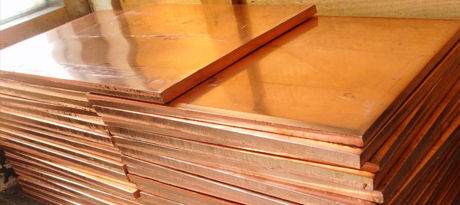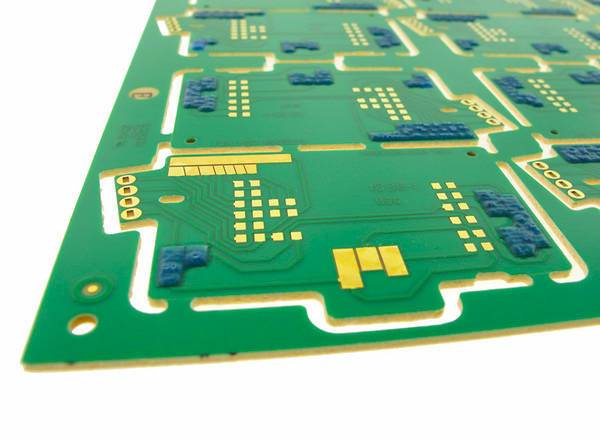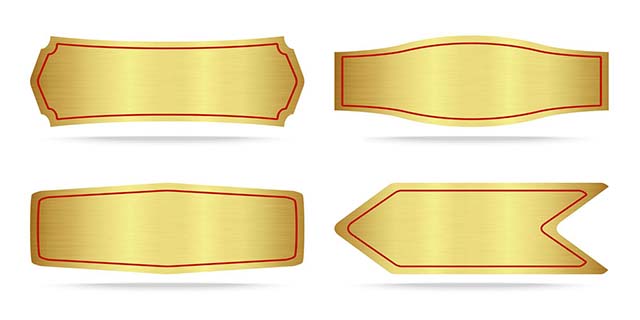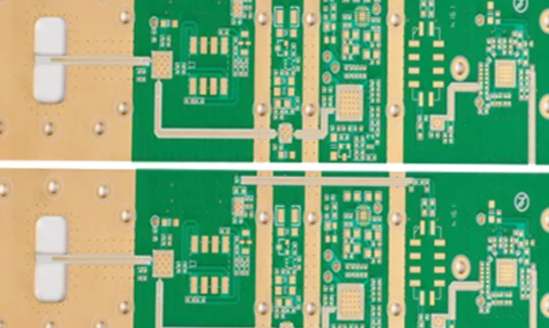 address:201, Factory 6, Longhui Industrial Park, Fuqiao 3rd District, Xinhe Community, Fuhai Street, Baoan District, Shenzhen china
address:201, Factory 6, Longhui Industrial Park, Fuqiao 3rd District, Xinhe Community, Fuhai Street, Baoan District, Shenzhen china
What are the commonly used PCB surface treatment processes in PCB manufacturing?
bare copper plate

Advantages: low cost, smooth surface, good weldability (without being oxidized).
Disadvantages: It is easily affected by acid and humidity, because copper is easily oxidized when exposed to the air; it cannot be used for double-sided boards, because the second side has been oxidized after the first reflow soldering. If there are test points, solder paste must be added to prevent oxidation.
OSP process board
The role of OSP is to act as a barrier layer between copper and air. Simply put, OSP is to chemically grow an organic film on the clean bare copper surface. The only function of this organic film is to ensure that the inner copper foil will not be oxidized before soldering. As soon as it is heated during soldering, the film volatilizes. Solder is able to solder copper wires and components together.

Advantages: Has all the advantages of bare copper board soldering.
Disadvantages: 1. OSP is transparent and colorless, it is difficult to check, and it is difficult to distinguish whether it has been treated by OSP.
2. OSP itself is insulating and non-conductive, which will affect the electrical test. Therefore, the test point must be opened with a stencil and printed with solder paste to remove the original OSP layer in order to contact the pin point for electrical testing.
3. OSP is easily affected by acid and temperature. When used for secondary reflow soldering, it needs to be completed within a certain period of time. Usually, the effect of the second reflow soldering will be poor.
Hot Air Leveling: Hot Air Leveling (HASL) is a process of coating molten tin-lead solder on the surface of the PCB and leveling (blowing) with heated compressed air to form a layer that resists copper oxidation and provides good reliability. Weldable coating. During hot air leveling, the solder and copper form a copper-tin metal compound at the junction with a thickness of about 1-2 mils.
Advantage: low cost
Disadvantages: 1. The pads processed by HASL technology are not flat enough, and the coplanarity cannot meet the process requirements of fine-pitch pads; 2. It is not environmentally friendly, and lead is harmful to the environment.
Gold Plated Plates: Gold plating uses real gold, and even a thin layer of it can account for nearly 10% of the cost of a circuit board. The use of gold as a coating is one for the convenience of welding and the other for anti-corrosion. Even the golden fingers of memory sticks that have been used for several years are still as shiny as ever.
Advantages: strong electrical conductivity, good oxidation resistance. The coating is dense and wear-resistant, and is generally used in binding, welding and plugging.
Disadvantages: high cost, poor welding strength.
chemical gold / immersion gold
Nickel immersion gold, also known as nickel gold, immersion nickel gold, referred to as gold and immersion gold. Gold is chemically coated with a thick layer of nickel-gold alloy with good electrical properties on the copper surface and can protect the PCB for a long time. The deposition thickness of the inner layer of nickel is generally 120~240μin (about 3~6μm), and the deposition thickness of the outer layer of gold is generally 2~4μinch (0.05~0.1μm).
Advantages: 1. The surface of the PCB treated with chemical gold is very flat, and the coplanarity is very good, which is suitable for the contact surface of the button.
2. The solderability of chemical gold is excellent. Gold will quickly melt into the molten solder, and the solder and Ni will form a Ni/Sn metal compound.
Disadvantages: The process flow is complex, and to achieve good results, it is necessary to strictly control the process parameters. The most troublesome thing is that the surface of the PCB treated with chemical gold is easy to produce a black disk effect during the ENIG or soldering process, which is directly manifested as excessive oxidation of Ni and too much gold, which will embrittle the solder joints and affect reliability.
Electroless Nickel Palladium
Electroless nickel-palladium plating adds a layer of palladium between nickel and gold. In the deposition reaction of replacement gold, the electroless palladium layer will protect the nickel layer to prevent it from being excessively corroded by the replacement gold, and the palladium will prevent the corrosion caused by the replacement reaction. At the same time, make full preparations for gold immersion. The deposition thickness of nickel is generally 120~240μin (about 3~6μm), and the thickness of palladium is 4~20μin (about 0.1~0.5μm). The deposition thickness of gold is generally 1~4μin (0.02~0.1μm).
Advantages: It has a very wide range of applications. At the same time, the surface treatment of chemical nickel palladium gold can effectively prevent the connection reliability problems caused by black pad defects, and can replace nickel gold.

Disadvantages: Although electroless nickel palladium has many advantages, palladium is expensive and is a scarce resource. At the same time, the same as nickel gold, its process control requirements are strict.
The silver board of spray tin circuit board is called spray tin board. Spraying a layer of tin on the outer layer of copper lines can also help with soldering, but it does not provide long-term contact reliability like gold. Basically, the circuit boards used for small digital products, without exception, are spray tin boards, because they are cheap.
Advantages: low price, good welding performance.
Disadvantages: It is not suitable for soldering pins with fine gaps and components that are too small, because the surface flatness of the tin-sprayed board is poor. Tin balls are easily generated in PCB processing, and it is easy to cause short circuits for components with fine gaps.
KFPCBA is committed to providing customers with a variety of PCB proofing services, whether it is a relatively cheap bare copper board, OSP process board, hot air leveling, tin-spraying circuit boards and other conventional boards, or expensive gold-plated boards, chemical gold / immersion gold , chemical nickel palladium and other unconventional boards, we can do it, welcome customers to come and experience.
-
No comment












 tel:+86-18825224069
tel:+86-18825224069 email:
email:





















